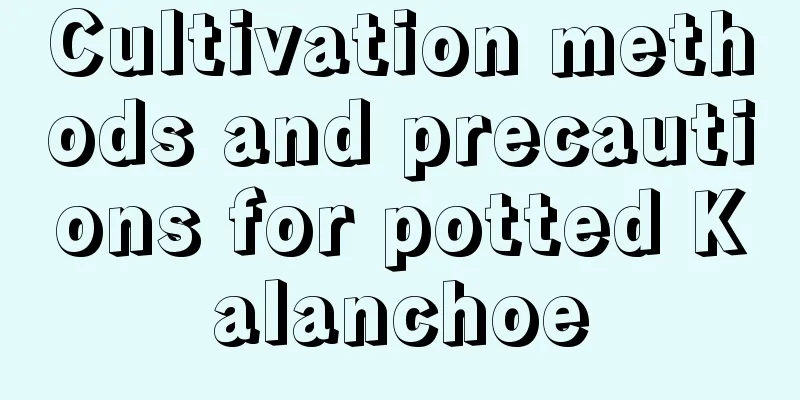How to grow purple jasmine

1. Maintenance methods1. Temperature: It likes high temperatures and is relatively heat-resistant. The suitable temperature for its development is between 20 and 24 degrees. 2. Watering: It likes moisture and needs to keep the soil moist and not hardened for a long time. In terms of watering, it needs an appropriate amount, otherwise it will cause water accumulation in the pot soil and cause root rot. 3. Fertilization: It grows very quickly and needs a lot of nutrients. The nutrients in the soil are far from enough, so it is necessary to supplement it with nutrients during its growth period. There are two ways to supplement nutrients. One is to fertilize the soil, and the other is to fertilize the branches and leaves. The former is used once every two weeks, and the latter is used once a month. The two can be used in combination. When fertilizing the soil, try to use fertilizers with mild effects, such as farmyard manure; liquid fertilizer should be used as foliar fertilizer. 4. Light: It likes sunlight, but cannot tolerate strong light. It needs proper shade during maintenance, and it is sufficient to ensure six hours of diffuse light every day. 2. Breeding techniques1. Reproduction: Its general method of reproduction is sowing. After the spring, sprinkle the seeds into the soil, then water them once and keep them in a temperature of about 20 degrees. Seedlings will emerge in about three days. Do not transplant them after germination. Wait until three leaves grow before transplanting. 2. Weeding: If you are maintaining plants on a large scale, weeds are likely to grow in the land and need to be weeded in time. Herbicides can be used for weeding. There are two times to use them, one when the weeds just start to grow and the other when the weeds are about to produce seeds. When weeding, you need to pay attention to the fact that the herbicide must be diluted according to the instructions to avoid damage to the plants due to excessive concentration. 3. Problem Diagnosis1. Pests: It is generally not infected by pests. If pests are found, you can use carbendazim to spray it. The agent needs to be diluted before spraying. 2. Pathology: If you find that the branches and leaves are drooping and the color of the flowers is becoming lighter, it may be due to excessive light. At this time, you need to provide appropriate shade for the plants to solve this problem. IV. Other issues1. Toxicity: It is non-toxic and can be safely kept at home without any effects. 2. Can it be cultivated indoors: It can be cultivated indoors. It does not require much light. Placing it in a bright place such as the balcony at home can meet its light needs. In addition, it has a good ability to absorb harmful gases. If you have a newly renovated house, you can choose to cultivate a few pots of purple flowers, which can not only absorb harmful gases such as formaldehyde, but also have good ornamental value. |
<<: How to grow round-leaf arrowroot
Recommend
The efficacy and function of papaya
1. Strengthen the spleen and help digestion It co...
The efficacy and function of hyacinth
For people to enjoy Ornamental purpose is an impo...
How many months to take cuttings of Dendrobium
1. Cutting time Dendrobium cuttings are generally...
How to cultivate the fortune tree
1. Soil suitability When growing money trees, you...
Agarwood tree planting conditions Planting environment and climate requirements
Introduction to Agarwood Tree Agarwood tree, also...
How to distinguish between Lythrum salicina and lavender
Lythrum salicina Lythrum salicaria is a perennial...
Methods for rescuing poisoned Dripping Guanyin
1. Is it poisonous? The weeping angel is poisonou...
Can grape skins be used as fertilizer?
Grape skins as fertilizer Grape skins can be used...
How to propagate small-fruited roses
1. Sowing method Sowing is the most basic method ...
How to deal with roses not blooming
1. Increase lighting 1. Reason: Roses love sunlig...
How to fertilize ginger flower
Use of base fertilizer for ginger flower When cul...
The role of fusang chandelier
Landscape use of fusang chandelier Chandelier hib...
Cultivation methods and precautions of the rich fern
one. Plant water and fertilizer management This p...
How to trim the bullwhip to look good
When is the best time to trim the bull whip? The ...
Does Guanghan Palace use large or small basins?
Does Guanghan Palace use large or small basins? I...









